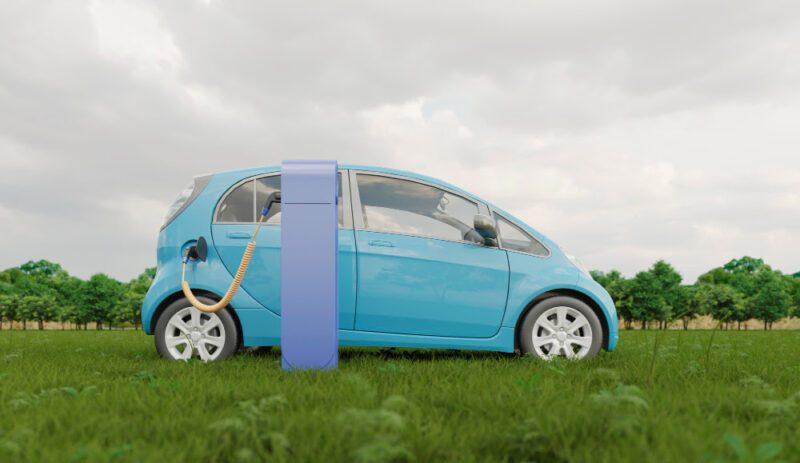Electric vehicles (EVs) are quickly becoming the standard for eco-conscious transport. But to keep your EV running smoothly, you need the right equipment—starting with the perfect Type 2 charging cable.
Understanding the importance of a good charging cable
A high-quality charging cable is essential for efficient and safe charging. It ensures your vehicle gets the power it needs without compromising on performance or safety. But with so many options available, how do you choose the best one ?
Key specifications to consider
When selecting a Type 2 charging cable, here are the key specifications you need to keep in mind:
1. Amperage
The amperage rating of your charging cable determines the flow of electricity. Most home chargers are between 16A and 32A. Higher amperage means faster charging, but your EV and home charging station must be compatible with higher ratings.
2. Cable length
Consider where you’ll be charging your vehicle most often. A longer cable provides more flexibility but could be cumbersome to store and manage. A standard length is usually around 5-7 metres, but you can find cables up to 10 metres long.
3. Phase compatibility
Type 2 cables can be single-phase or three-phase. Single-phase cables are adequate for most home charging needs, whereas three-phase cables are ideal for faster charging at public stations.
4. Connector Type
Ensure the cable has Type 2 connectors on both ends, as this is the standard for most European EVs and charging stations.
Compatibility considerations
Before purchasing a charging cable, ensure it’s compatible with your vehicle and the charging stations you plan to use. Here are some tips:
1. Check your vehicle’s specifications
Consult your EV’s manual to understand its charging capabilities. Some vehicles may have limitations on the amperage or phase, which will influence your choice of cable.
2. Home charging setup
If you’re primarily charging at home, ensure your setup supports the chosen cable’s specifications. You may need professional installation to handle higher amperage or three-phase power.
3. Public charging stations
For those who frequently use public charging stations, a versatile and robust cable is crucial. Make sure it can handle different power levels and is built to withstand frequent use for public chargers, prioritize a versatile, durable cable for varied power..
Tips for ensuring efficient and safe charging
Once you’ve chosen your Type 2 charging cable, follow these tips for the best charging experience:
1. Regular inspections
Regularly check your cable for wear and tear. Look for cracks, frayed wires, or damaged connectors. Replace the cable immediately if you notice any issues.
2. Proper storage
Store your cable in a dry, cool place when not in use. Avoid leaving it exposed to harsh weather conditions.
3. Safe handling
Always disconnect the cable from both the vehicle and the power source before coiling it. Handle the connectors gently to avoid damage.
4. Use with certified equipment
Ensure all your charging equipment, including cables and charging stations, meet relevant safety standards and certifications.
Finally, choosing the right Type 2 charging cable is crucial for the optimal performance and longevity of your electric vehicle. By considering specifications like amperage, cable length, and phase compatibility, and ensuring your cable meets your vehicle’s and charging station’s requirements, you can enjoy efficient and safe charging.









